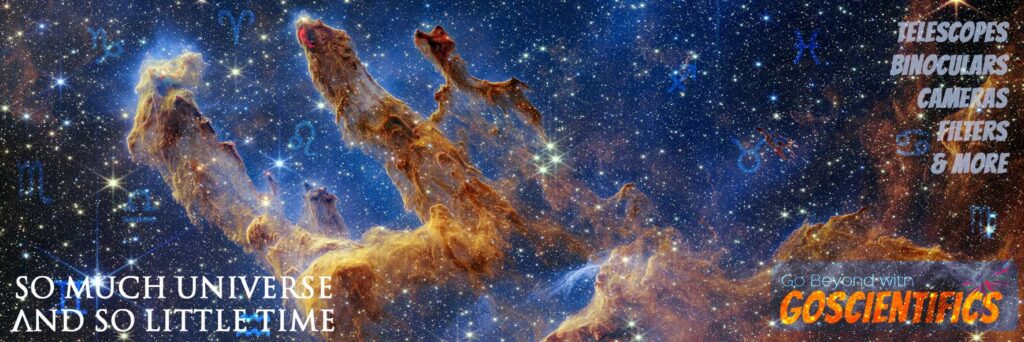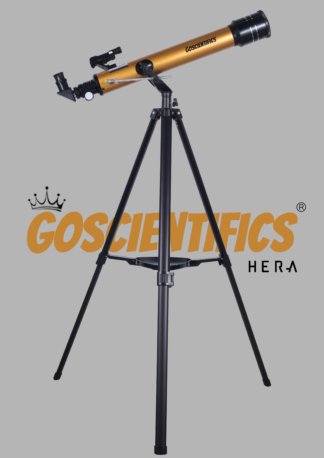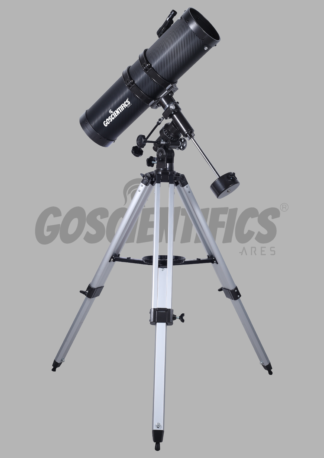GOSCIENTIFICS ZEUS 76MM REFLECTOR TELESCOPE
₹12,310.30 Original price was: ₹12,310.30.₹10,310.30Current price is: ₹10,310.30.
Description:-
We, Team GoScientifics proudly launch our Olympian Series telescopes. Resembling Olympians, these scopes are crafted to stand high, heroic and honourable.Named after the Greek god of skies, Zeus is a beckoning Newtonian reflector in bold Black and Red.
With a 76 mm aperture and 700 mm focal length, the tube assembly uses high-quality Aluminium and Silicon-di-oxide coated mirrors. This increases light gathering capacity for crisp, bright images with startling detail.






Reviews
There are no reviews yet.